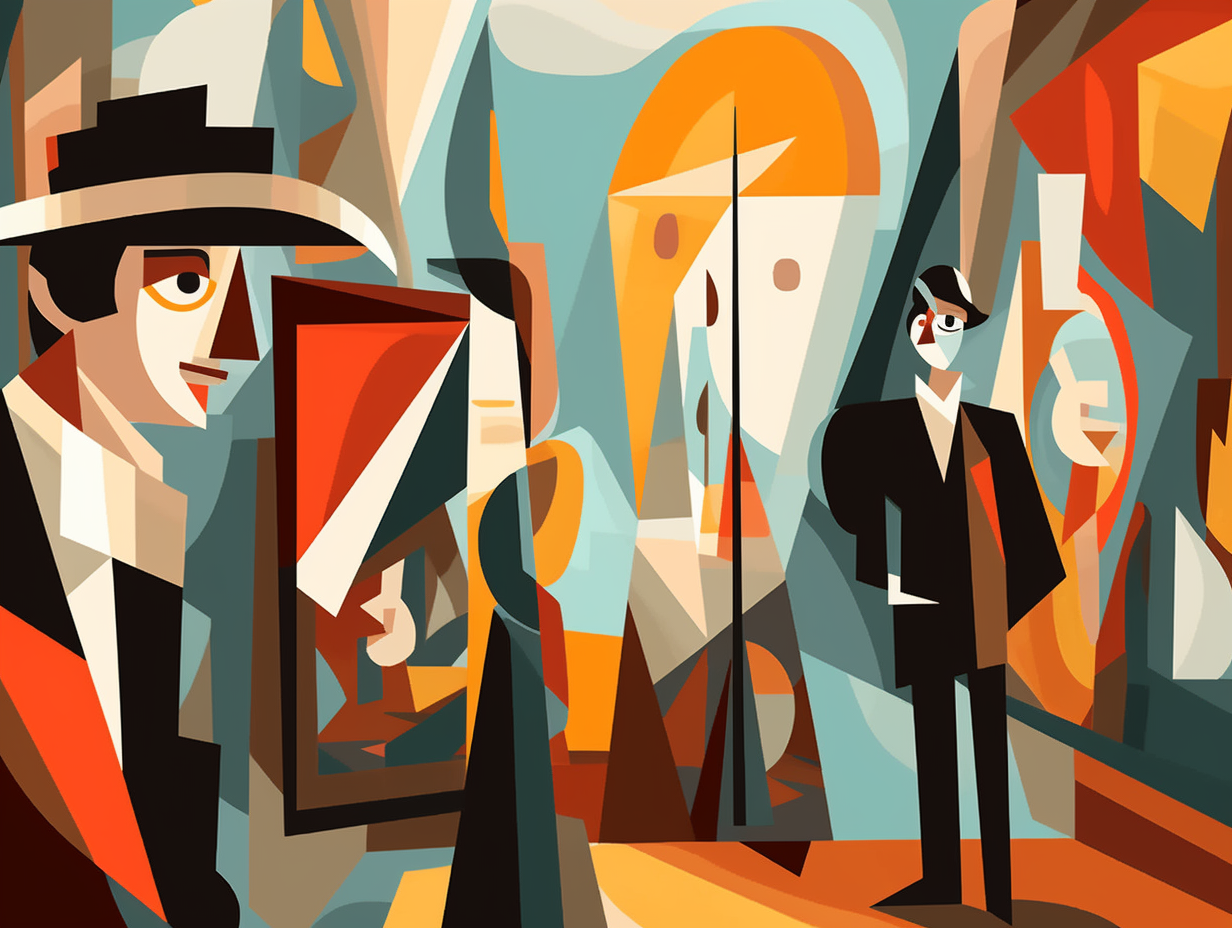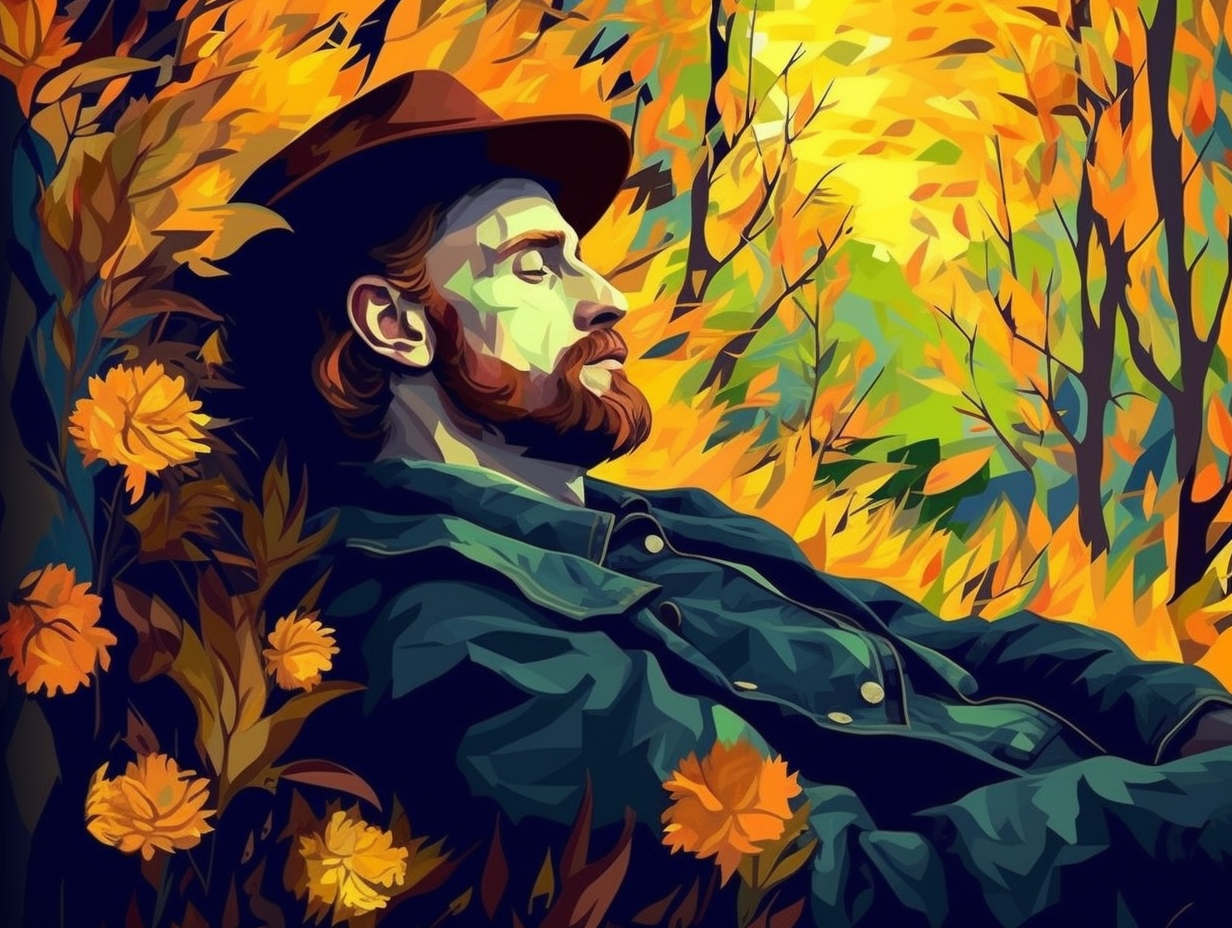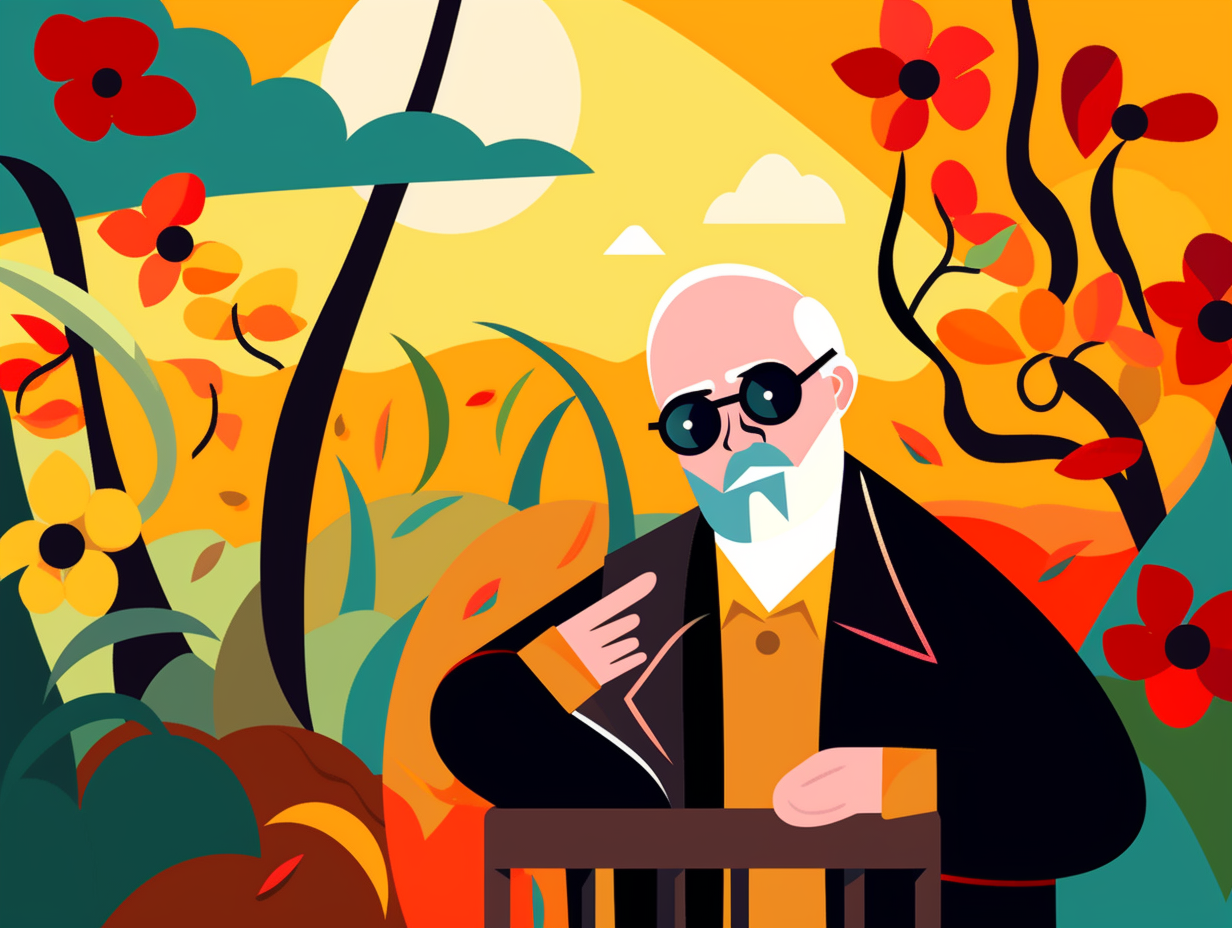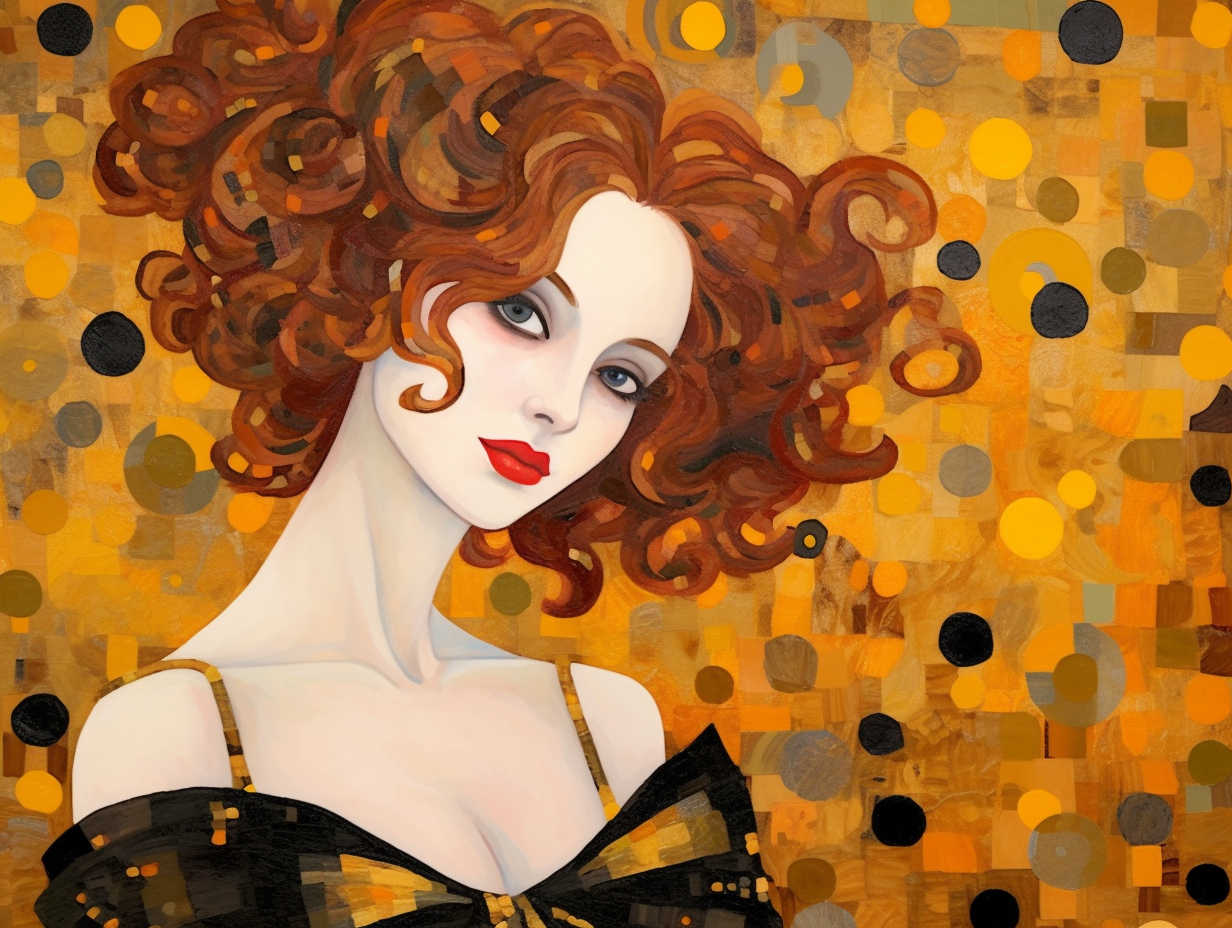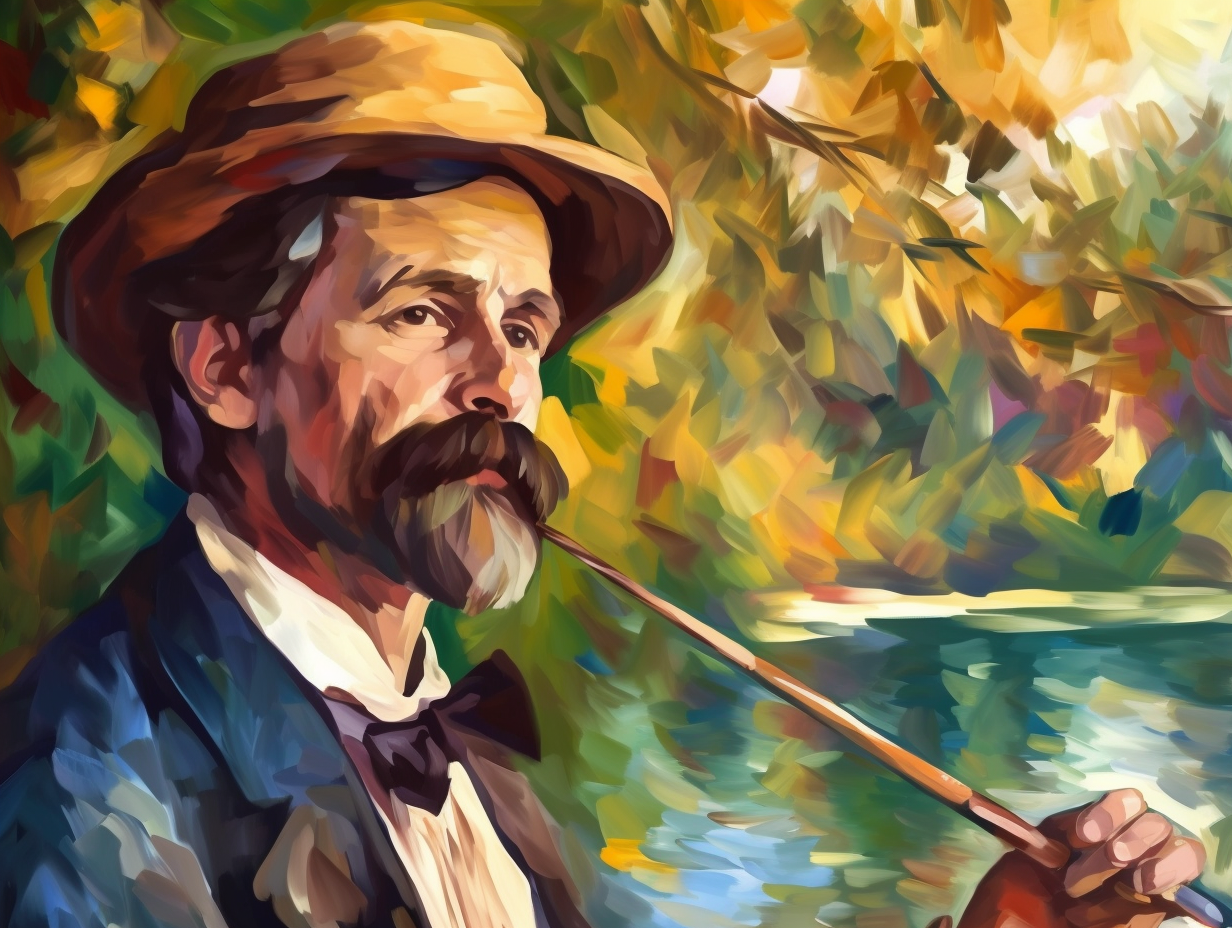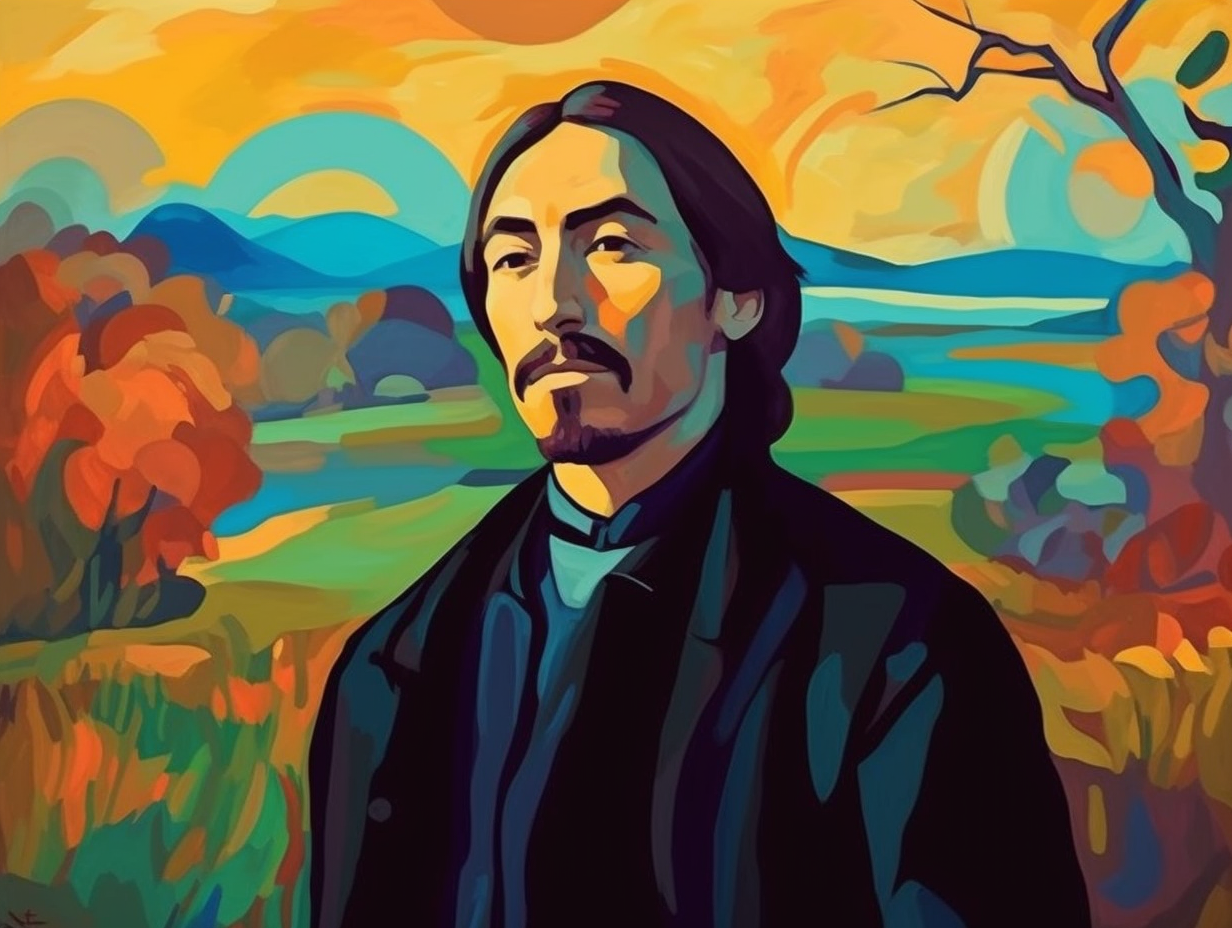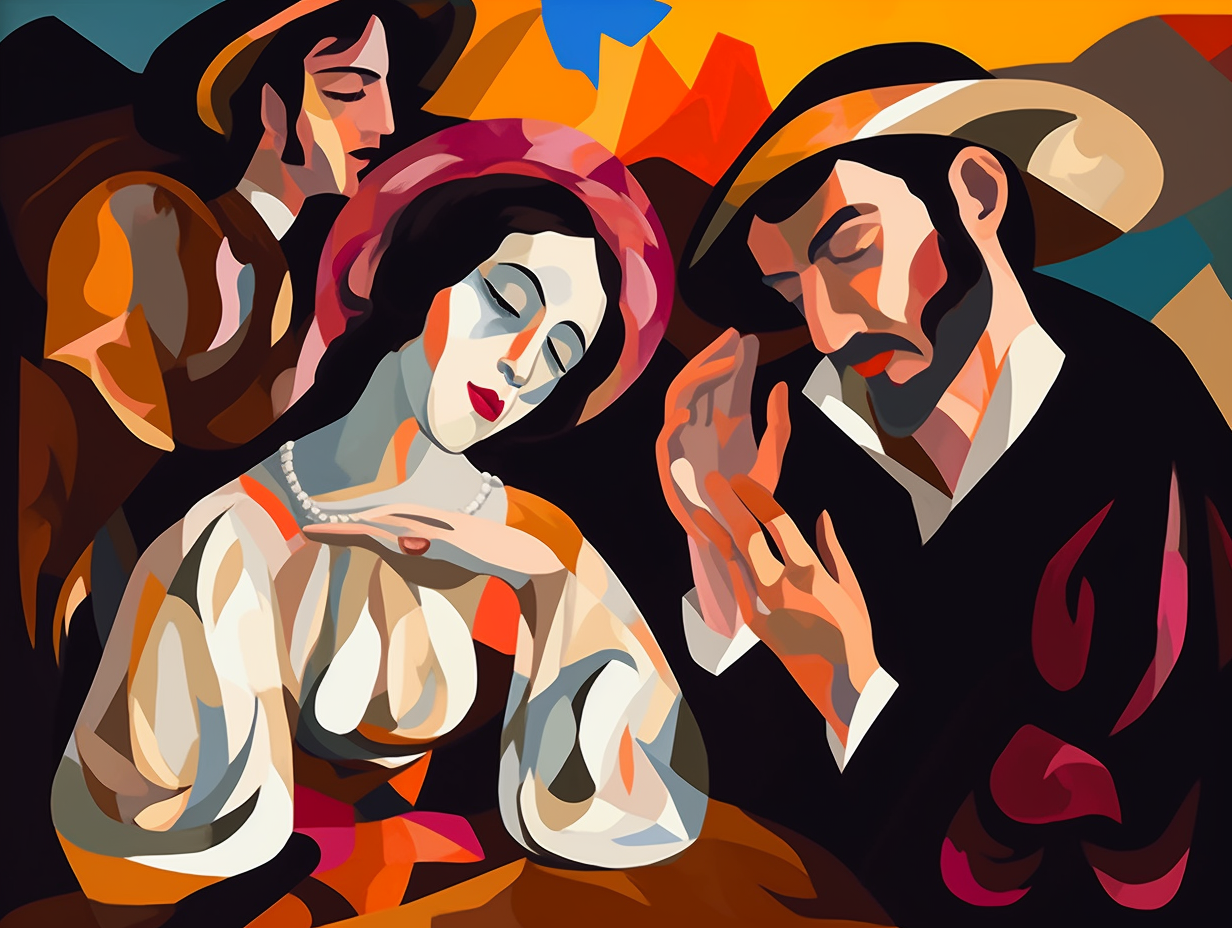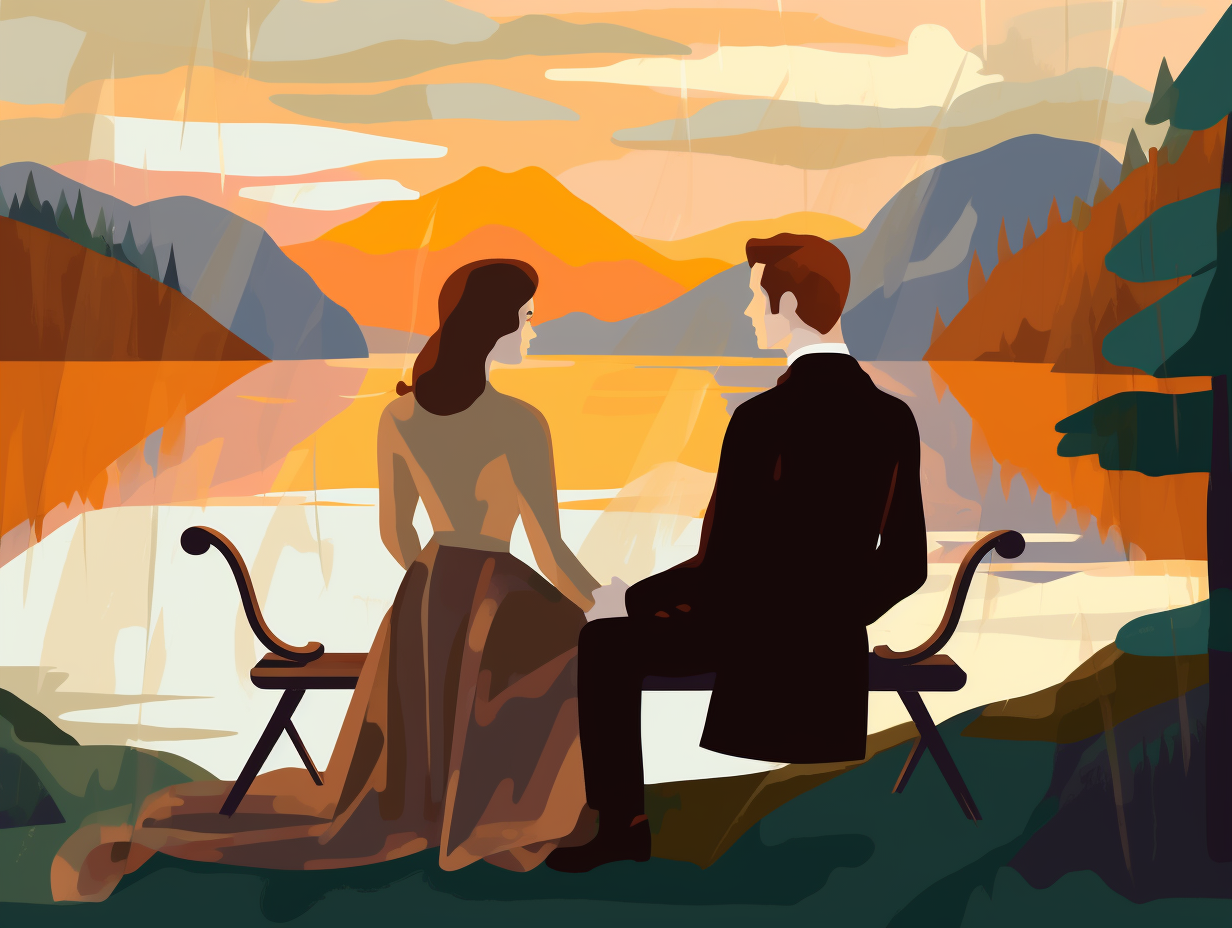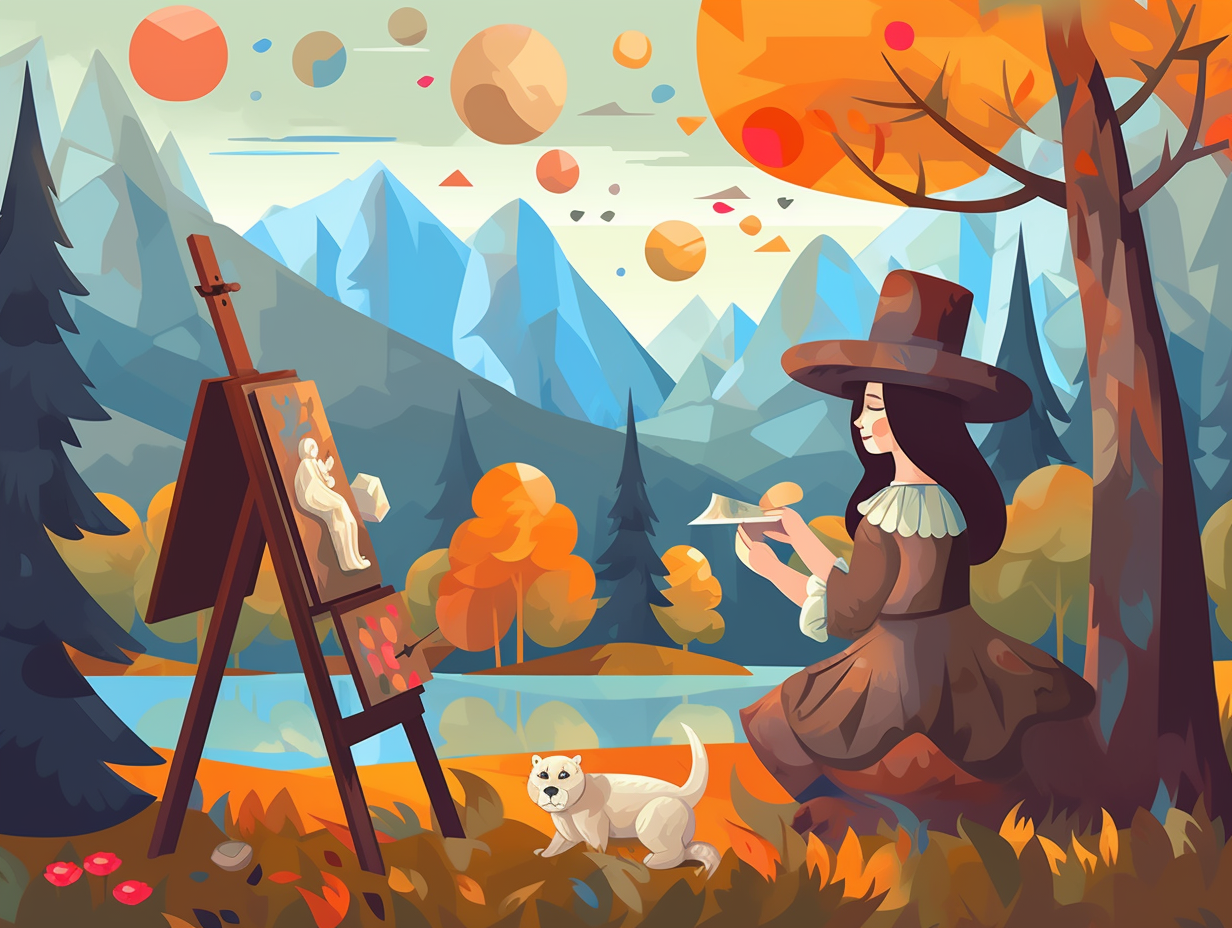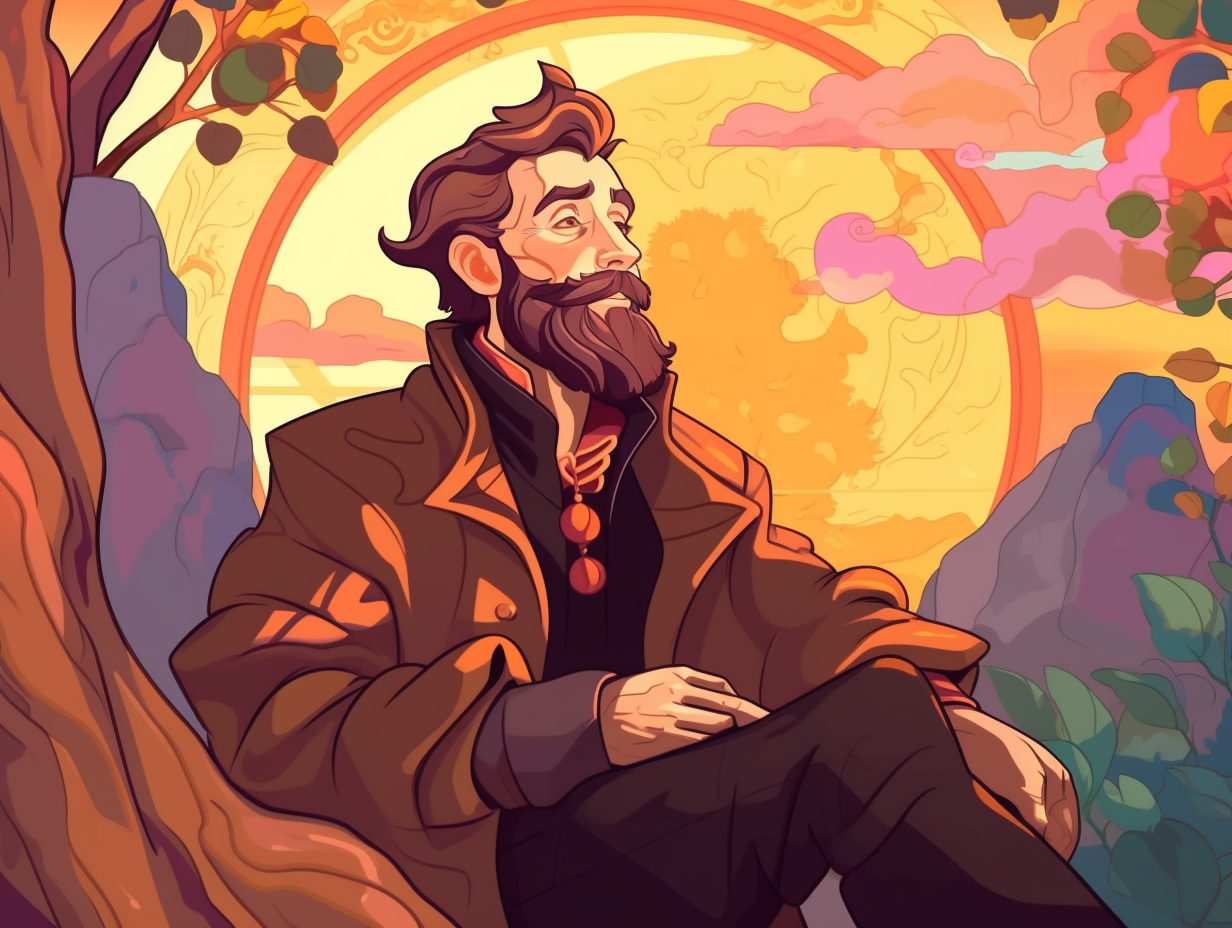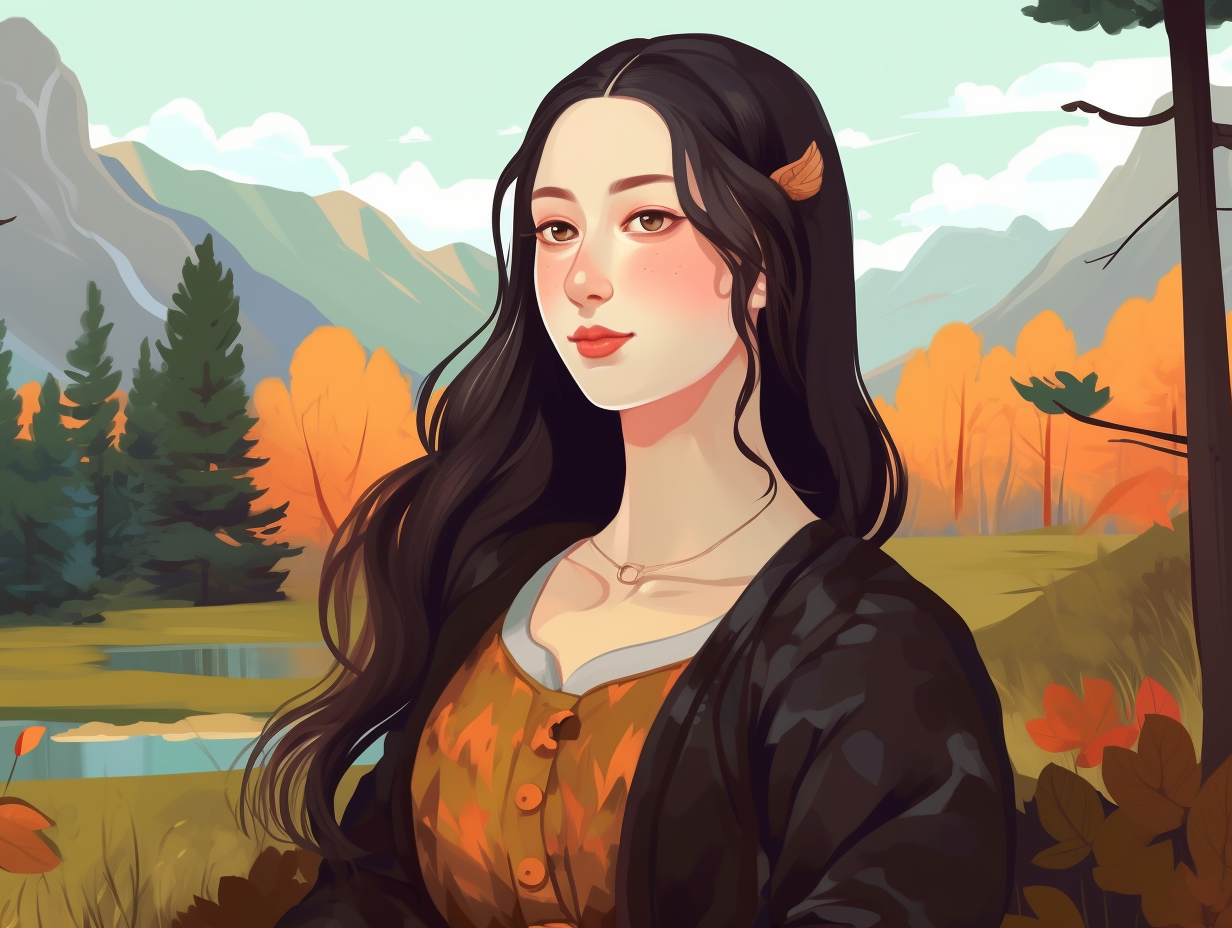Discover the Master: Top 13 Unbelievable Fun Facts About Paul Klee You Never Knew!

1. Creative Love Child of Picasso and Da Vinci
If Picasso and Da Vinci had a creative love child, they'd probably name him Paul Klee – the Swiss army knife of the art world: This multi-talented artist not only painted over 10,000 pieces, but also dabbled in engraving, lithography, sculpture, and even authored "The Theory of Modern Art" in 1920, amassing a whopping 4,877 drawings throughout his lifetime.
Source => blog.artsper.com
2. Kindergarten Picasso's Spiritual Doodles
Who needs the soothing sounds of Bob Ross when you've got the spiritual doodles of "Kindergarten Picasso"? Paul Klee: a pioneer of modern art, he drew inspiration from the untamed creativity of children and those with psychological disorders, paving the way for movements like Surrealism and Abstract Expressionism with his unique mystical symbols and supernatural critters.
Source => artsy.net

Did you know that Joan Miró used painting as a unique form of therapy, with whimsical symbols like ladders to climb out of depression? Discover more about this artistic healing journey!
=> Fun Facts about Joan-Miro
3. Bob Ross of Pointillism
Paul Klee could be called the Bob Ross of Pointillism, spreading happiness one dot at a time like an artistic Jackson Pollock in slow motion: Klee's masterpiece "Ad Parnassum" showcases his unique divisionism method, blending individually stamped dots, lines and pyramid-shaped color fields, inspired by his trip to Egypt, creating a spatial and light-infused painting unlike any other.
Source => paulklee.net
4. Artistic Ambidextrous Octopus
Paul Klee was quite the artistic ambidextrous octopus: This left-handed creative genius not only dabbled in pastel colors, oil paints, and watercolors, but also tinkered with unconventional materials like newsprint, wallpaper, metal foils, and even (gasp!) gauze, achieving an enviable level of mastery with both hands.
Source => thehistoryofart.org
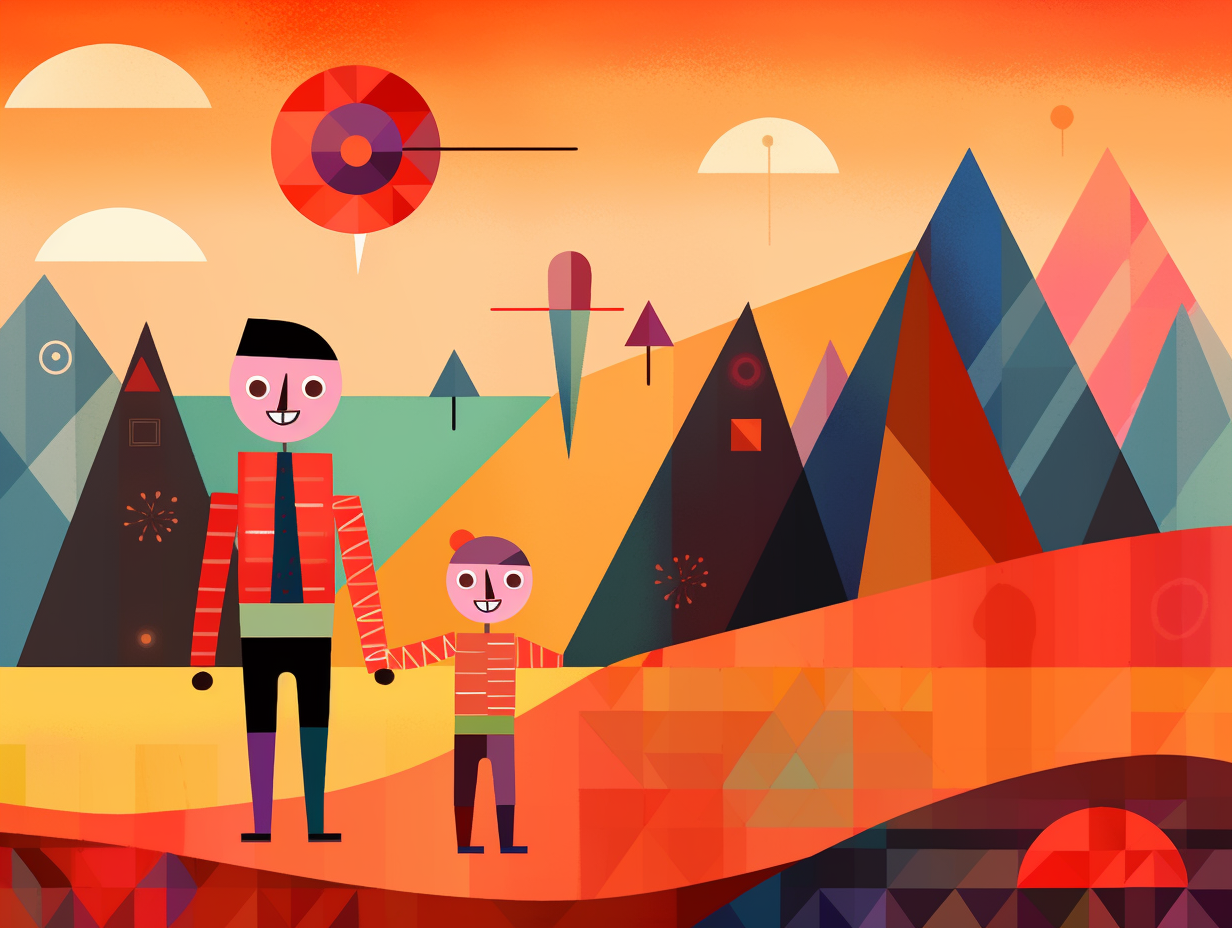
5. Hallucinatory Doodling Mastermind
You know that feeling when you're doodling in class or drawing after one too many cups of coffee, and you somehow end up with a masterpiece? Well, that's basically Paul Klee's entire career summed up in a nutshell of childlike wonder and hallucinatory creativity: This influential artist found deep inspiration in the art of children and the mentally ill, a fascination that led him to develop a unique language of mystical symbols – think glowing stars and disembodied heads – and all while discovering his signature vibrant color palette during a memorable Tunisian trip in 1914.
Source => artsy.net
6. Musical Painting Maestro
When he wasn't busy "fiddling" around with canvases, you could catch Paul Klee playing a different kind of string instrument: the violin. The artistic maestro believed that painting and music were like peanut butter and jelly: they belonged together, and his paintings manifested their marriage through elements like rhythm, melody, and harmony. No wonder his strokes struck a chord in the art world!
Source => thehistoryofart.org
7. Tunisian Color Explosion
Tunis the season for a splash of color: When Paul Klee visited Tunisia in 1914, it completely transformed his artistic trajectory, awakening his sense of color and steering him towards abstraction - all while being inspired by his imagination, poetry, music, and literature.
Source => metmuseum.org
8. Striking a Chord with Classical Music
When life hands you a violin, make paintings: Paul Klee might have been a painter by trade, but he struck a chord with classical music in his creations. His love for music, particularly Mozart and Bach, harmoniously intertwined with his art as seen in his 1919 composition In the Style of Bach and his 1932 work Polyphony, which used symbols and colors to evoke musical notation and chords.
Source => thehistoryofart.org
9. Klee-ver Superhero of the Art World
Who knew that an artist could become the "Klee-ver" superhero of the art world, inspired by his own internal 3-year-old scribbling sidekick? The hilarious prelude: Paul Klee deliberately used childish lines and shapes to craft his masterpieces, influenced by the boundless creativity of young children. The serious reveal: Klee focused on exploring the fundamentals of painting through color, line, and shape, like in his work "Cat and Bird" where the bird appears within the cat's mind, not outside.
Source => moma.org
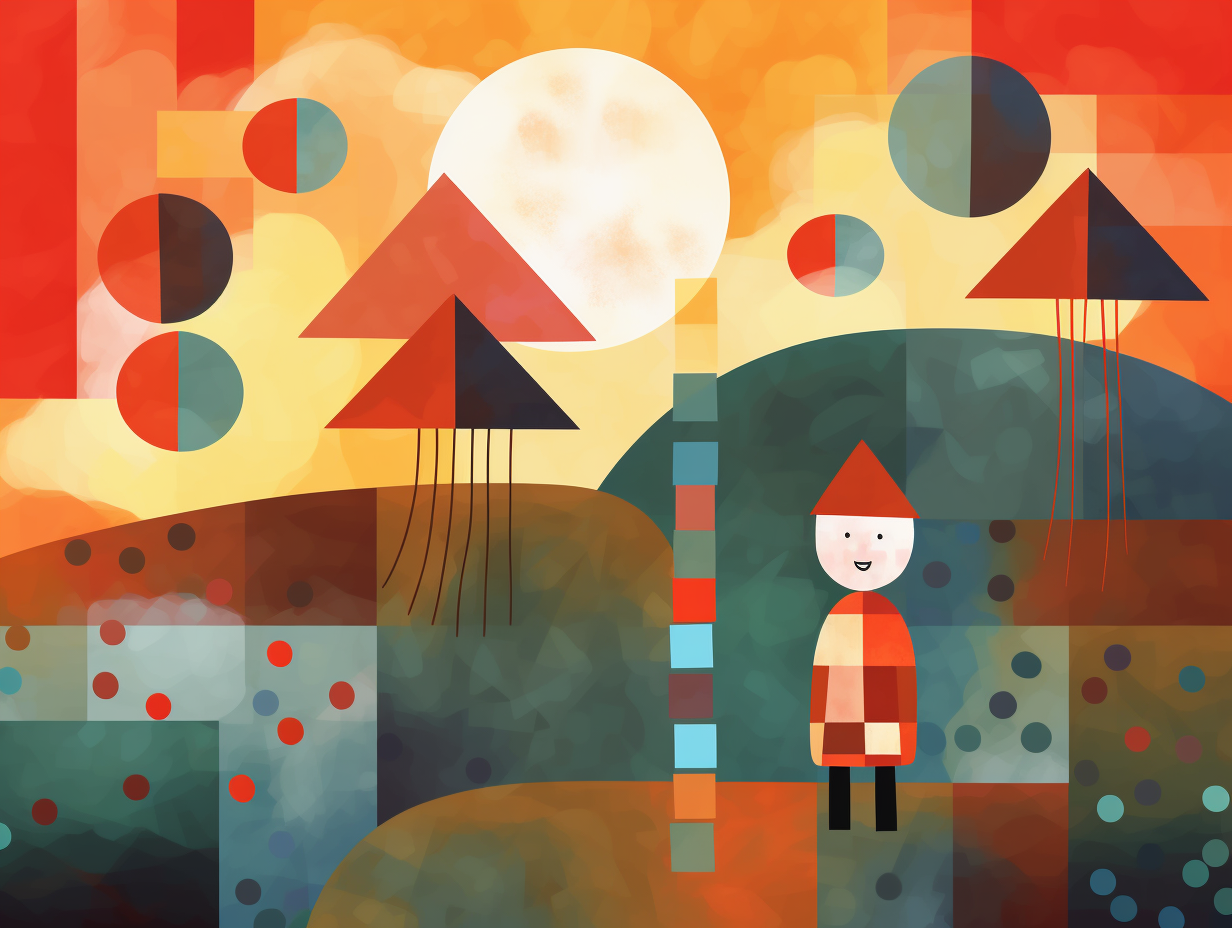
10. Violin Prodigy Turned Painter
Before strumming heartstrings with his paintbrush, Paul Klee tickled the strings of a violin: At the tender age of 11, this budding artist wowed the Bern Music Association so much that they invited him to join their ensemble, but as we know, Klee would trade his violin for a palette and create visual symphonies instead.
Source => paulklee.net
11. Lego-Laughing Geometric Genius
If you thought playing with Legos was all about geometric shapes and boxy buildings, Paul Klee's painting "Castle and Sun" laughs in the face of your childhood creations: In this famous work, Klee masterfully combines both geometric and organic shapes, creating an intriguing composition where boxy buildings coexist harmoniously with the flowing landscape.
Source => kidsartmarket.blogspot.com
12. Klee's Torn Between Music and Art
Before becoming the "Klee-ver" artist we know today, Paul was torn between tickling the ivories or dabbling in paint: After studying drawing and training under German symbolist Franz von Stuck, Klee chose a life of visual arts over following in his musician parents' footsteps, etching his vibrant signature across the canvas of art history.
Source => theartstory.org
13. Ambidextrous Artistic Antics
Ambidextrous artistic antics: Paul Klee, though right-handed, was such a rebel he crafted his masterpieces predominantly with his left hand! Juggling the art world, he produced a staggering 733 panels, 3159 colored sheets on paper, 4877 drawings, 95 prints, 51 reverse glass paintings, and a dash of 15 sculptures. Even Master Yoda or Doctor Strange might've needed a caffeine boost to keep up with Klee, who continued to churn out over 1000 works, despite facing serious illness in his final years.
Source => thecollector.com
Related Fun Facts

